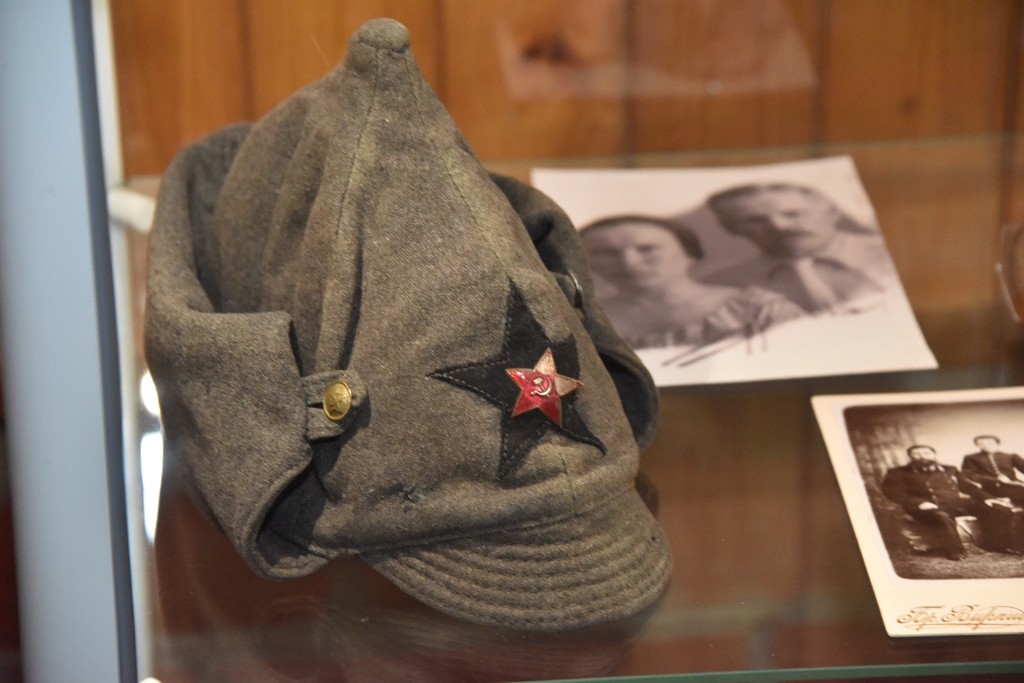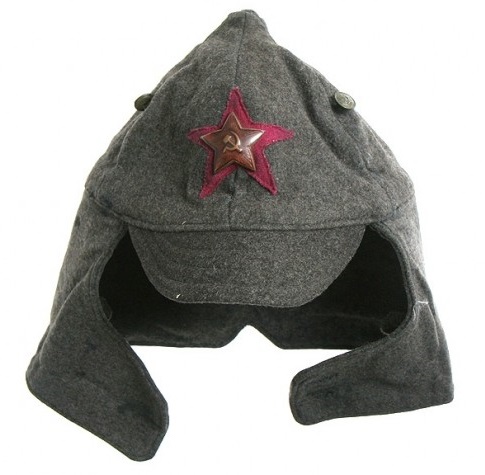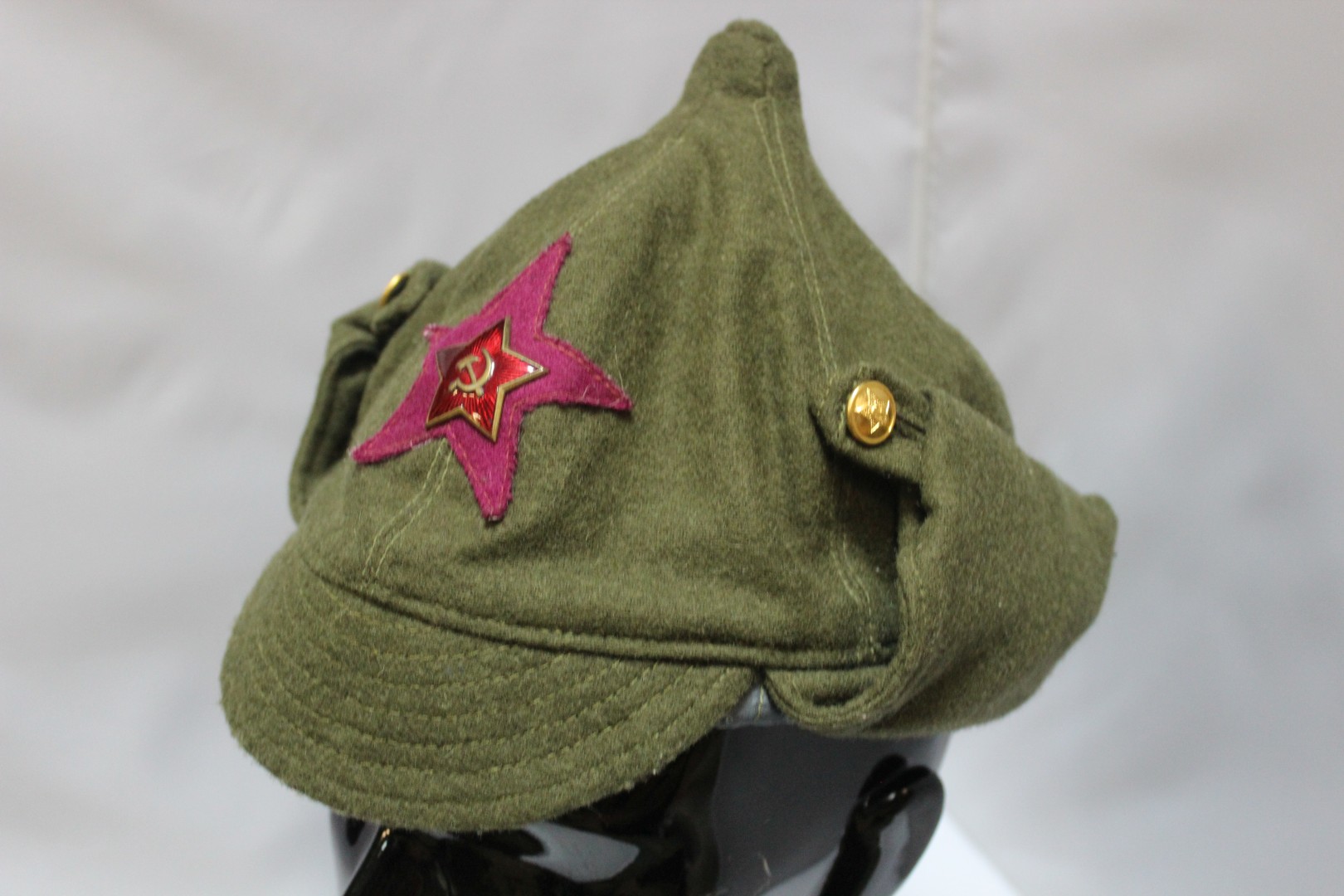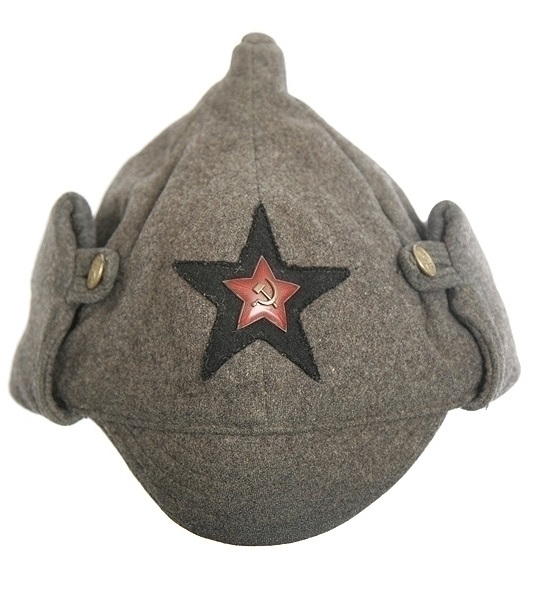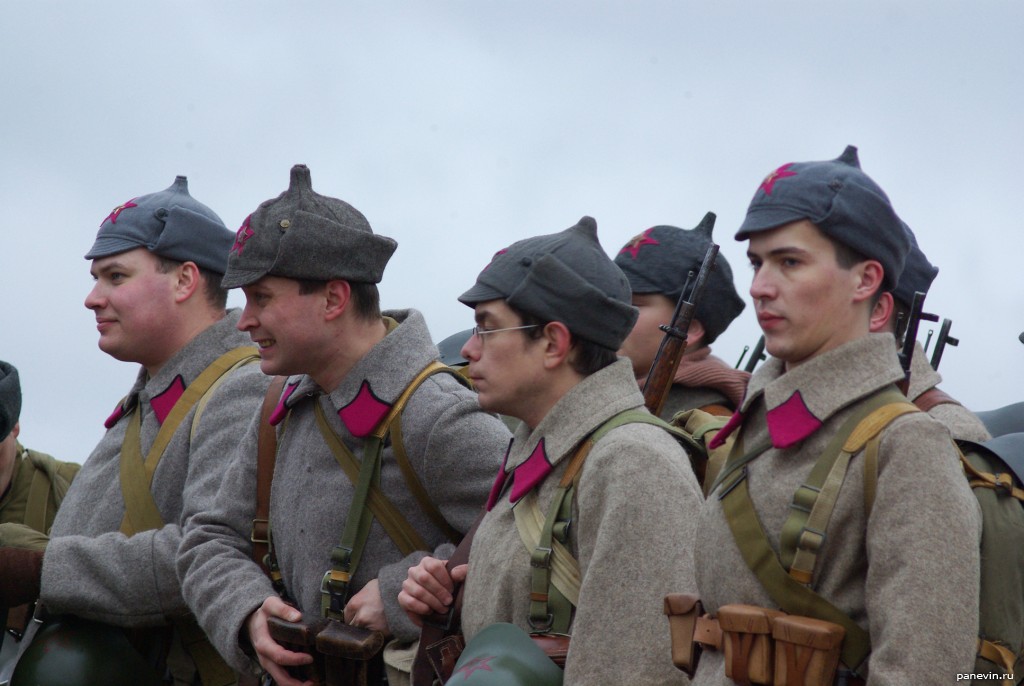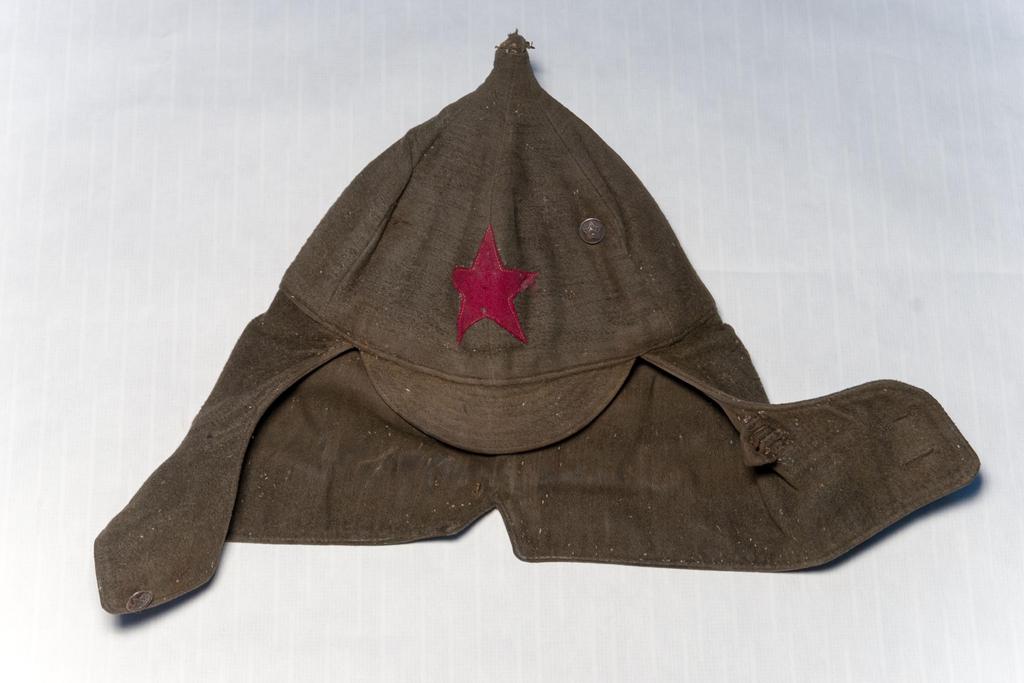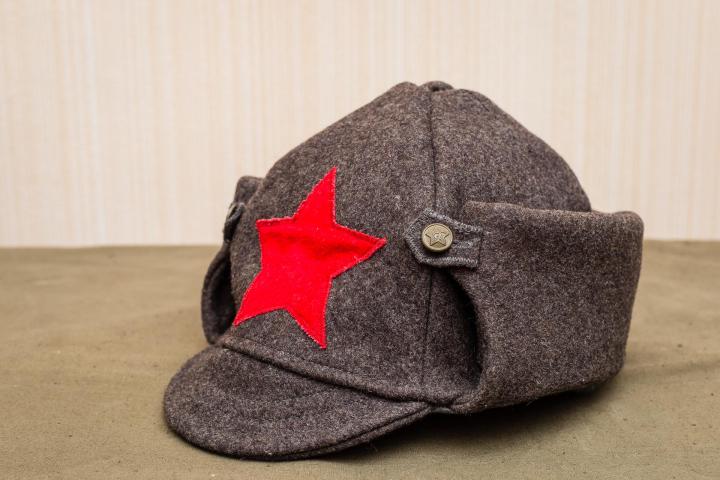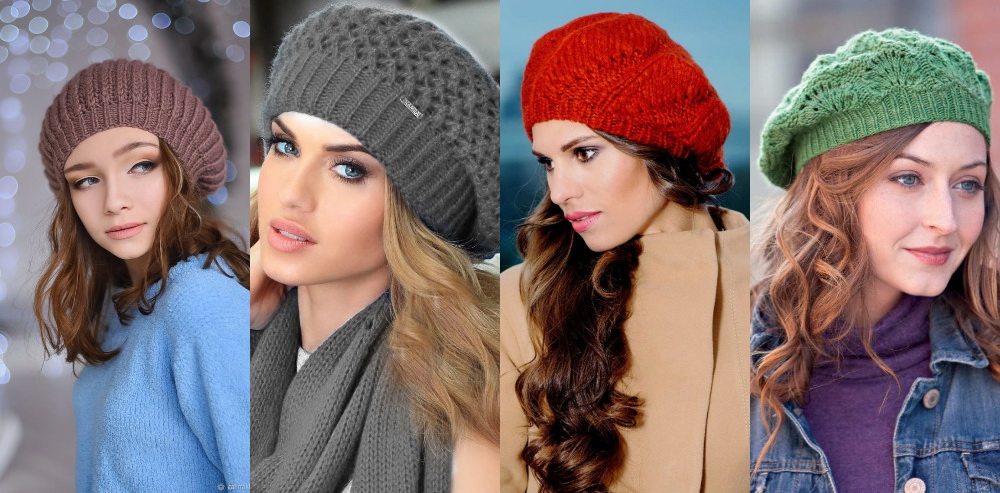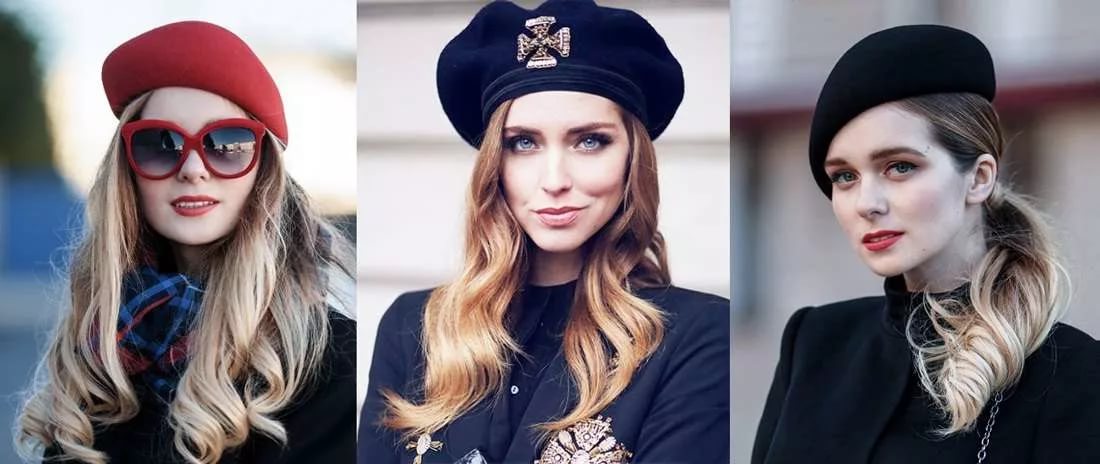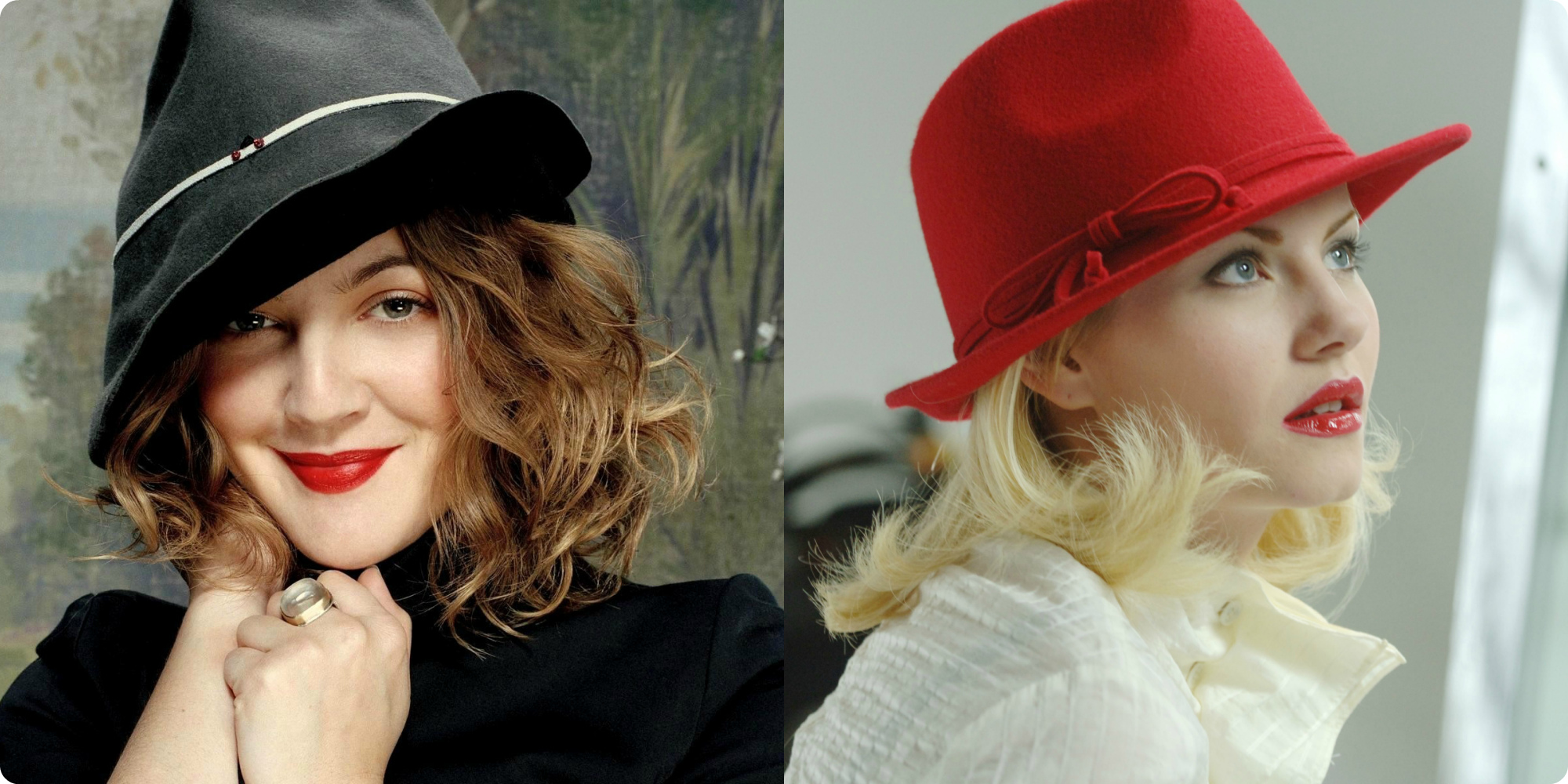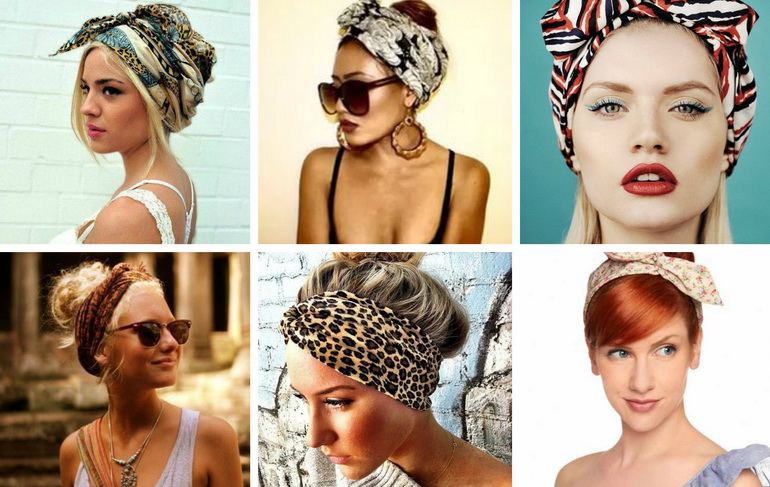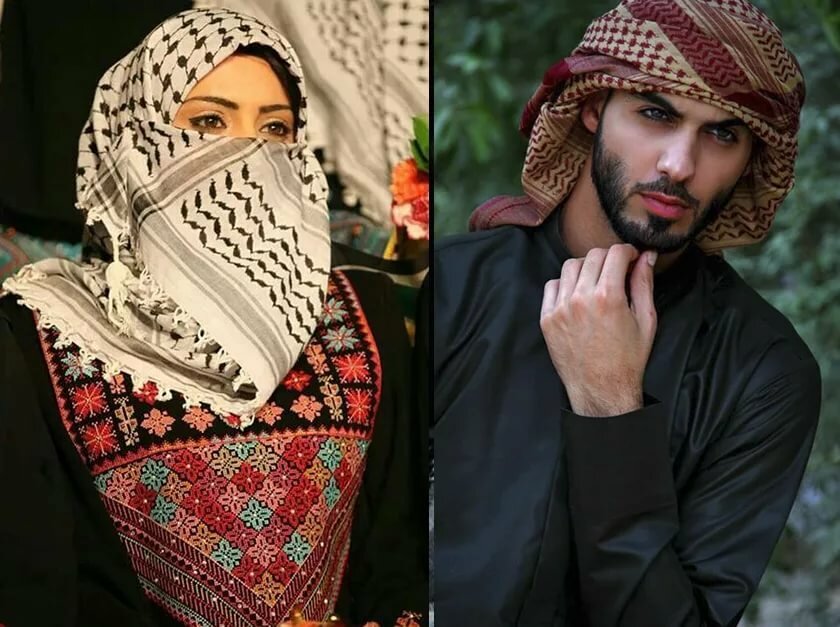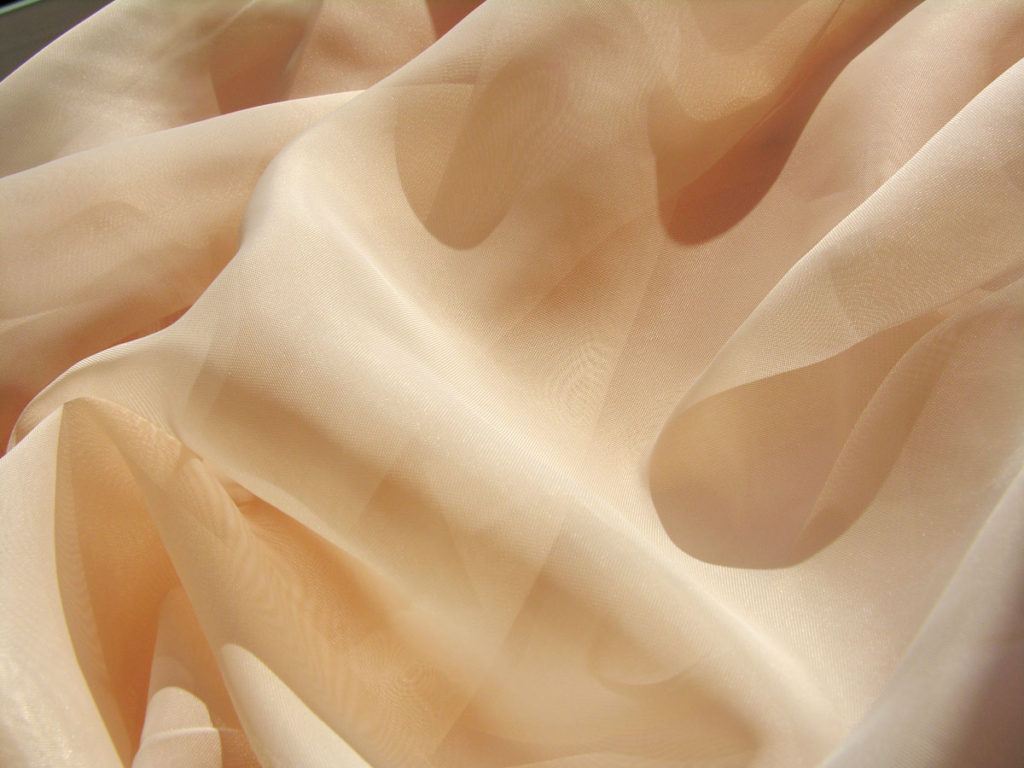The headgear of soldiers used before the war had different purposes. Even the military rank and branch of the armed forces could be determined by the cap. The pointed Budenovka hat, the headgear of the soldiers of the legendary Red Army, was especially popular at that time. Having appeared in the young communist state, it became a symbol of freedom and revolutionary struggle.
Description of the accessory
The Budenovka hat as a military headdress has an interesting history. It was first worn by the Red Army soldiers of Ivanovo-Voznesensk in the autumn of 1918. In its shape, the Budenovka resembles an ancient Russian pointed heroic helmet of a conical shape. The base of the cap is 6 spherical triangles sewn together. The top of the cap ends with a round cloth overlay with a diameter of 2 cm. The material was thick cloth on a cotton lining for insulation. A stitched oval-shaped visor was attached to the front of the budenovka, and a back piece with a triangular cutout was sewn on the back. In winter, it was unfastened and protected the soldiers' necks from wind, precipitation and cold, and in summer, it was raised and secured with special buttons to the back of the cap.
The emblem became a sign of distinction of the Red Army soldier's headdress from servicemen of other countries: a scarlet star, outlined by a black edging. Initially, the diameter of the circle around the five-pointed star was 8.8 cm, and later increased to 10.5 cm. Not all stars were red: the color of the emblem depended on the branch of the military.
| Name of the troops | Colors |
| Infantry troops | Crimson |
| Artillery | Orange |
| Cavalry divisions | Blue |
| Armored forces | Red |
| Aviators | Sky blue |
| Border troops | Green |
| Sapper units | Steel |
| Engineering units | Black |
A cockade badge with a plough and hammer was attached above the star. Later it was replaced by the emblem of the union of workers and peasants – a sickle and hammer.
By whom and when was it developed?
In the first period after the revolution, the Red Army soldier, as well as the rest of his comrades, wore the uniform of the Tsarist army with the insignia ripped off. The Bolshevik government needed to create its own military equipment. The new uniform was approved in 1919 by order of the Revolutionary Military Council of the Soviet Union under number 116. It consisted of a cloth overcoat, a tunic shirt, leather bast shoes, and a headdress.
It is not exactly established whether the Budenovka was specially developed for the Red Army or whether the Soviet Government used the 1915 model for the Tsarist Army parade in Berlin. Documents confirming this version have not been found to date. However, it has been documented that the Military Commissariat announced a competition to create an original uniform for Red Army soldiers. Artists Boris Kustodiev, Vasily Vasnetsov, and Mikhail Ezuchevsky worked on the sketches of the Soviet military uniform.
The result of the work was a helmet, the appearance of which resembled the ancient Russian conical yerikhonka with chainmail aventails descending onto the shoulders. This similarity gave the original name to the headdress of the Red Army soldiers - bogatyrka. There were no analogues to the cloth cap in the European armies.
The military path
Having entered the uniform of the army of Semyon Budyonny, the headdress began to be called the Budenovka. The new name caught on, became a household word and entered the dictionaries of the Russian language. True, in the division of Vasily Chapayev and the army of Mikhail Frunze, the Budenovka was called in its own way - Frunzevka.
In the summer of 1922, a lighter version of the cap made of light gray cotton fabric appeared. A few years later, this helmet was replaced by peaked caps and forage caps, and winter budenovkas remained, having taken on a rounded shape. In the police, modifications of the budenovka existed until the 1940s.
The grey helmets of the Chekists were marked with maroon stars. Having gone through the turbulent years of the Civil War, the Budenovka remained in the Red Army until the beginning of the Great Patriotic War.
Along with the name of the headdress, there were also humorous nicknames for it:
- "lightning rod" or "brain rod" - because of the sharp spire that extends upward like an antenna;
- "Hello-Goodbye" is a model of a lightweight helmet with two visors (above the forehead and at the back of the head).
In the Far East, the sharp top of the cap was often compared to the Kamchatka volcanoes. "Our indignant mind is boiling," the commanders joked about the soldiers, saying that steam was coming out of the cloth spire when they sang "Internationale".
Reasons for refusing to wear Budenovka in the army
The young Soviet state needed to create a uniform that would be different from the tsarist uniform and the uniforms of foreign armies. The headgear was carefully designed and met these requirements, but the soft cloth surface, unlike the helmet, did not protect the soldiers' heads in the trenches. In the hot summer months, the helmet squeezed the head, causing pain. During movement, the budenovka often fell over the eyes, causing discomfort. Military operations during the Finnish War showed that cloth hats do not retain heat well. Therefore, by order of the People's Commissar of Defense in the summer of 1940, the budenovka was replaced by a hat with earflaps. However, in many military units, special schools and partisan detachments, the budenovka continued to be worn in the first years of the war.
A trace in history
The Budenovka was not just a headdress for the Red Army soldiers. It became an emblem of the new socialist life, a symbol of the valiant army bringing freedom to the workers and peasants. The red star gave the headdress special significance. It was also present on the flag and coat of arms of the country, and was an identification mark on airplanes and aircraft. The five-pointed star symbolized the unity of the proletariat of all countries. The red color was a symbol of the proletarian liberation revolution, bringing freedom to humanity.
The headdress acquired a special romantic aura in the 1950s after the Soviet Union's victory in the Great Patriotic War. The Budenovka was replicated on postcards, book illustrations, and appeared on posters, emphasizing the Soviet Union's victory over the fascist invaders.
The headdress became an indispensable souvenir for foreigners and a collectible. Not a single theatrical production about the events of the Civil War could do without the Red Army attribute. Budenovka flashed on the movie screens in popular films about the revolution and military events of the 20s.
What place does it occupy in modern fashion?
After the war, the Budenovka hat became a popular item of children's clothing. Warm helmets covering the head and neck were worn by preschool and primary school boys. Headgear was always decorated with a red star. In the 21st century, the militaristic style of clothing has become one of the trends. Stylized military headgear is worn with pleasure not only by men, but also by young girls. A Budenovka knitted from warm wool looks stylish and fashionable. Often, hats are decorated with Norwegian ornaments, knitted patterns, pieces of fur. Preference is given to knitted versions of the helmet with a low top, imitation of the back of the head and elongated ears.
Felt hats for Russian baths are produced in the form of a budenovka, protecting the head from the effects of high temperatures in the steam room. Instead of stars, this version of the hat is decorated with humorous inscriptions, wishes or humorous drawings. Russian fans often come to sports competitions in budenovkas.
Also, military ammunition of the past years takes pride of place on the shelves of antique shops. Items that witnessed great events attract not only historians, but also people who honor traditions, the culture of their people, the revolutionary and military past. Budenovkas are exhibits of private collections, interior decoration and an original gift. The Red Army helmet with a star is the most popular souvenir bought by foreign tourists in Russia.
Video

